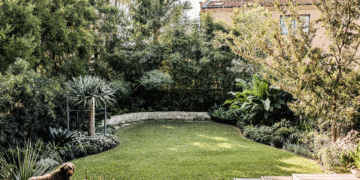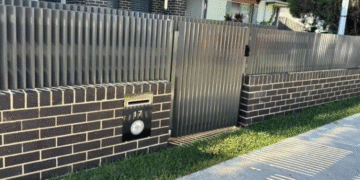In an increasingly greener world, it has never been more critical to protect your homes and gardens without harming the planet. The old chemical pesticides have been effective for generations, but far too often their side effects outweigh the pest, as they poison soil, water, and beneficial organisms.
Luckily, there are plenty of natural treatments that you can use in an effort to help you take your home back from unwanted invaders safely and naturally. Not only do these treatments prevent your plants and home environment from losing their integrity, but they also protect the balance of nature’s delicate harmony.
If you’re a homeowner, gardener, or do not want to subject yourself to the toxic poisons that pretend to be insecticides, natural pest control has innovative and economic solutions.
Keep reading for five of the best natural solutions that you can employ to make your home pest-free and have the added benefit of knowing you’ve got a clear conscience as well.

1. Neem Oil
From the neem seed fruit, neem oil has been a pillar of Indian medicine for the past century for its enormously varied applications. The plant extract contains beauty plant essential oils, neem oil, and garlic extracts, which repel bugs entirely and are an inhibitor of growth.
Ideal for aphids, whiteflies, mealybugs, and spider mites, this eco-friendly pest control solution disrupts the endocrine system of insects when used on infested plants, thus preventing feeding, copulation, and maturation to egg-laying adults.
One of the best things about neem oil is that it’s safe. Safe for humans and pets. Provides a safe alternative to Hazardous pesticides. No toxic fumes or chemicals. This product is earth-friendly!
Additionally, it degrades easily with minor damage to the environment. To be most effective, combine neem oil with warm water and a few drops of mild liquid soap, and spray the resulting liquid.

2. Diatomaceous Earth
Another safe and very effective one is diatomaceous earth, which is a powder made up of fossilized remains of microscopic freshwater animals called diatoms. While harmless to animals and humans, its microscopic razor-sharp edges kill insects.
In order to apply diatomaceous earth, sprinkle the powder lightly along areas where you see the insects, such as along baseboards, entryways, or plant beds. Ensure you are using food-grade diatomaceous earth that is safe for use both indoors and in gardens.
Since it becomes ineffective when exposed to water, reapply after rain or watering. This is an excellent choice for households seeking an alternative, non-toxic solution to kill frequent crawling insects without applying artificial poisons.
3. Essential Oils
Not only is the scent of essential oils pleasant, but they also have natural repellent properties. Peppermint, lavender, eucalyptus, tea tree, citronella, and a few others can repel mosquitoes, ants, flies, and possibly even rats. Their pungent aromas disorient the sense of direction and appetite of insects, causing them to flee.
It’s simple enough to make a homemade pest spray: put about ten drops of your chosen essential oil in the bottle, water, and a few drops of dish soap. Spray this around doors and windowsills. This could also be diffused inside with your essential oils to repel flying insects and keep fresh air in your vicinity. These oils not only will give you a natural solution, but they also bring in a calming scent into your home.
4. Chili Spray and Garlic
As a home remedy kitchen item, chili spray and garlic are a goodie but an oldie. Both contain ingredients with natural chemicals said to repel many garden pests such as aphids, beetles, and caterpillars.
Chili peppers and garlic cloves should be combined with water to prepare this spray. Strain the mixture and add a little bit of mild soap to maintain the liquid on your leaves. Spritz it directly onto infested areas to repel pests without leaving any toxic residue behind.
Use this mixture with caution, though, as it is strong and will burn skin or eyes. It will enable frequent applications and keep pests away so your plants can be made invincible.

5. Companion Planting
Interplanting is the least poisonous method of pest management. It’s something that will make you put some crops one beside the other in a way that the scent of one will keep pests away or attract them away naturally. Marigolds, for instance, have a smell that keeps nematodes and aphids away, and basil keeps mosquitoes and flies away when planted with tomatoes.
By selecting what to plant together, gardeners can design a pest control system in which each plant naturally repels some pests and discourages other types of treatment.
Apart from pest control, having companion plants in your herb and veggie garden will enhance the soil quality, activity, and diversity of pollination. It is a whole ecosystem overhaul that will turn your garden into a strong, stable, and hardy environment for any native plant life.
Conclusion
Mixing herbal remedies for pest repellent makes common sense and ecologically friendly sense as well. You’ll be sleeping peacefully, assured that you’re defending your garden and home without risking chemical exposure using these five natural methods. From the floral potency of neem oil to the synergistic effects of companion planting, every method promotes a cleaner, healthier planet.
Doing so, you are safeguarding your plants and many precious insects and ecosystems. Harmonization with pests in an eco-friendly manner is not only the gardener’s choice, but also the choice of living more ecologically and making the world greener in the future.













